Our climate is changing, and time is running out to take thoughtful action. If you’re like me, you may feel powerless in defending yourself and those that you love from the negative impacts of climate change. Despite our fears, the Union of Concerned Scientists suggests that at the most individual level we can positively impact the environment by taking three basic actions:
- Eating less meat
- Living in smaller, well-insulated homes
- Driving less
A handful of smaller communities embrace the concept of driving less by banning personal cars within their city limits – granted, most of these communities are small island towns that thrive on tourism.
10 Reasons Why Cities Should Consider Going Car-Free
While most of the world’s major cities aren’t quite ready to embrace emission-cutting tactics like banning personal cars, I present 10 reasons why they should. If the fate of the world’s environment isn’t compelling enough, the following argument is broken down into personal and economic gains possible if personal cars were banned in major cities:
1. Cultivating a Culture of Happiness
As a dedicated bike commuter, I have discovered a very basic truth – cycling or walking to work is a much more pleasant experience that results in a greater level of happiness and well-being as compared to driving or taking public transportation. The higher happiness factor has a lot to do with exercise and the relief of avoiding being squished next to strangers on the subway or being caught in traffic with aggressive and unhappy drivers on the roadways. My personal experience is backed up by science. Studies have found that cycling and walking trumps any other form of transportation to work when it comes to measuring “happiness.”
When people are happier due to exercise from commuting, they are more productive and less likely to become stressed, anxious, or depressed. A happier, less stressed, and healthier society is good for everyone.
2. You Will Have An Improved Physical Fitness
Those traveling cities by foot or bike will also experience significant benefits to their physical fitness. Improvements include a reduction of the stress hormone Cortisol and a boost in immunity. Researchers from Loughborough University’s Sleep Research Centre found that cycling helps get your circadian rhythm back in sync, which rids the body of Cortisol, the stress hormone. Less stress leads to a deeper, more regenerative sleep that helps strengthen the body’s immunity.
Maintaining a regular schedule of walking or biking triggers the release of dopamine, which is linked to energy. More dopamine in the brain helps ward off feelings of sluggishness or fatigue. A study from the University of Georgia confirmed this assertion when they studied the effects of bike riding and found that it improved energy levels by 20 percent and decreased fatigue by 65%.
Explore our guide on the effective ways to deal with people who park in bike lanes for practical solutions.
3. Enhancing Mindfulness & Creativity
Exercising before work, whether by foot or pedal power, helps improve focus, clarity, and creativity. By taking as much as 25 minutes out of your day and dedicating it to aerobic exercise, the time away from the pressures of your work “to-do” list will boost creative thinking and clarity on what is important now.
A study from the University of Illinois confirms this assertion. Specifically, it found that cycling enhances cardio-respiratory fitness, which translates into an even higher boost to an individual’s brainpower. This form of exercise increases the flow of blood and oxygen to the brain and promotes the production of new brain cells in the hippocampus. This region of the brain is responsible for our memory.
Explore the alternative perspective on eco-friendly transportation! Discover the reasons why electric cars aren’t the best choice in our insightful guide.
4. Helps Building Stronger Communities
Leaving the personal car at home, and embracing walking or biking about town as an alternative transportation method increases the likelihood that you’ll soon be socializing with your neighbors and friends along your chosen route. A University of Michigan study found that just 10 minutes of social interaction a day helps improve an individual’s cognitive performance by limiting isolation.
The art of socializing is found to increase oxytocin reserves, which buffer the “fight or flight” response, and instead cultivates the “tend and befriend” response. Socializing also lowers stress hormones according to a landmark UCLA study.
Getting to know our neighbors, and getting more engaged with our communities limits feelings of isolation, and develops more connected and stronger communities.
5. Innovating New “Green” Markets
More incentives and safer transportation pedestrian and cycling routes inevitably lead to emerging markets with new demands. Motivate and B-Cycle are two such companies benefiting from these new markets. Combined these two companies alone are the fastest-growing “green” businesses in the country. They have made a substantial impact on the lives of tens of thousands of cyclists, as they manage bike-share operations in roughly 40 U.S. cities. More broadly, the bike-sharing industry has experienced the fastest growth of any mode of transport in the history of the planet.
There’s much hope for this new industry to spawn other innovations to meet the demands of the emerging urban cycling market. Bicycle franchises like Velofix, mobile retailers like Bike Smith, and even mechanics like Ben Wyse who pedal directly to their clients, are innovating new solutions to the growing demands of this market.
Embark on a journey of discovery! Explore our guide on the reasons why you should ride a bike for the numerous benefits.
6. Helps Growing Local Businesses
After nearly 50 years of centralizing automobiles in urban centers, city planners are now designing “complete streets” that include protected bike lanes. Including dedicated bike lanes in street redesigns greatly boosts retail performance for local businesses. In fact, after the completion of a protected bike lane on 9th Avenue in New York, local retailers experienced a 49 percent increase in sales compared to other streets in Manhattan which were averaging only 3 percent.
In some other cities with protected bicycle lanes, studies found that cyclists spend the same amount of money per month compared to people who arrive by car, though they tend to make smaller purchases and return more often.
7. Location, Location, Location
As someone who prioritizes living on streets with protected bike lanes, I can say with great confidence that property value is significantly enhanced if you are lucky enough to score a home built on a complete street. Those brave enough to live along Times Square’s pedestrian and bicycle paths found that property values increased by 71 percent in 2010 alone. Since this is the greatest rise in property values in the City, some infer this rise in property values was the result of the construction of these paths.
According to one Indiana University study, the value of properties within one block of the Indianapolis Cultural Trail – a converted railway transformed into a protected bicycle and pedestrian path – increased 148 percent after construction – more than doubling in value from 2008 to 2015. In other words, what seemed like a significant public and private investment of $63 million ended up generating $1 billion in additional assessed property value.
8. Safer Streets For Everyone
Limited cars and protected bicycle lanes make traveling by foot much safer. This is because the distance to cross a street is shortened for pedestrians to make a safe crossing at an intersection due to the addition of bicycle lanes on both sides of the street. Cyclists are also less likely to get in accidents with pedestrians or cars because they have a dedicated space on the road to ride and are less likely to weave in and out of traffic and cars and pedestrians know where to find cyclists – in the protected bike lane.
Studies verify cyclists are more inclined to ride on the streets, obey traffic signals, and ride in designated lanes when there is infrastructure dedicated to support them. In Chicago, when bike-specific traffic signals were installed, stoplight compliance rose from 31 percent to 81 percent. Moreover in DC and New York, when protected bicycle lanes were constructed cyclists decreased their usage of riding on sidewalks by 56 percent.
9. Reducing Traffic Congestion
Funding, designing, and constructing complete streets inclusive of protected bicycle lanes will result in reducing traffic congestion. More bike lanes translate to fewer automobiles taking up valuable street space, which translates into more buses, freight, and essential vehicles capable of more easily accessing the road. City planners in Austin understand this concept.
In a recent proposal, these folks recommended investing in a network of protected bike lanes to incentivize cycling as a viable transportation alternative to help alleviate traffic congestion and pollution. These city planners project that this network of protected bicycle lanes will increase the city’s traffic capacity by roughly 25,000 trips per day.
10. It’s the Economy, Stupid
A 2015 study revealed that driving a personal car in a city costs six times more than riding a bicycle. The study also found that the cost of driving a car in the future is likely to increase, while the cost of bicycling will likely decrease.
The cost-benefit analysis framework used in this particular study compared the following factors between cars and bicycles, accidents, climate change, health, and travel time. While this study was focused on Copenhagen, Denmark, the researchers are encouraging urban planners in other major cities worldwide to consider adapting this framework to include the social costs and benefits of driving and bicycling.
By adopting this modified analysis, advocates can more effectively make the case for increasing cycling infrastructure investments like traffic lights, protected bicycle lanes, tunnels, and bridges.
Conclusion
So, while it may seem like a pipe dream to ban personal cars in major cities worldwide, the personal and economic incentives are certainly compelling. What is good for personal and business gains in this instance is even better for the planet. Banning personal cars in city centers results in less carbon emissions, which can significantly improve our chances of limiting the devastation of what we know is inevitable if we fail to take reasoned action against climate change.
As a place to start, consider amplifying some of these points to your local leaders, city planners, or really, anyone who will listen. You are also welcome to share a few of your reasons below as to why you believe cities would be better off with fewer personal cars on the roadways.
Also Read
- 10 Common Bicycle Sharing Problems And Their Solutions
- Cities Where Bicycles Outnumber Cars!
- 13 Reasons Why Big Business Should Love Cyclists
- 14 Reasons Why Cargo Bikes Are Better Than Delivery Trucks
- Top 30 Bike Lanes In The World
Should you have any questions or require further clarification on the topic, please feel free to connect with our expert author Rhodes Perry by leaving a comment below. We value your engagement and are here to assist you.


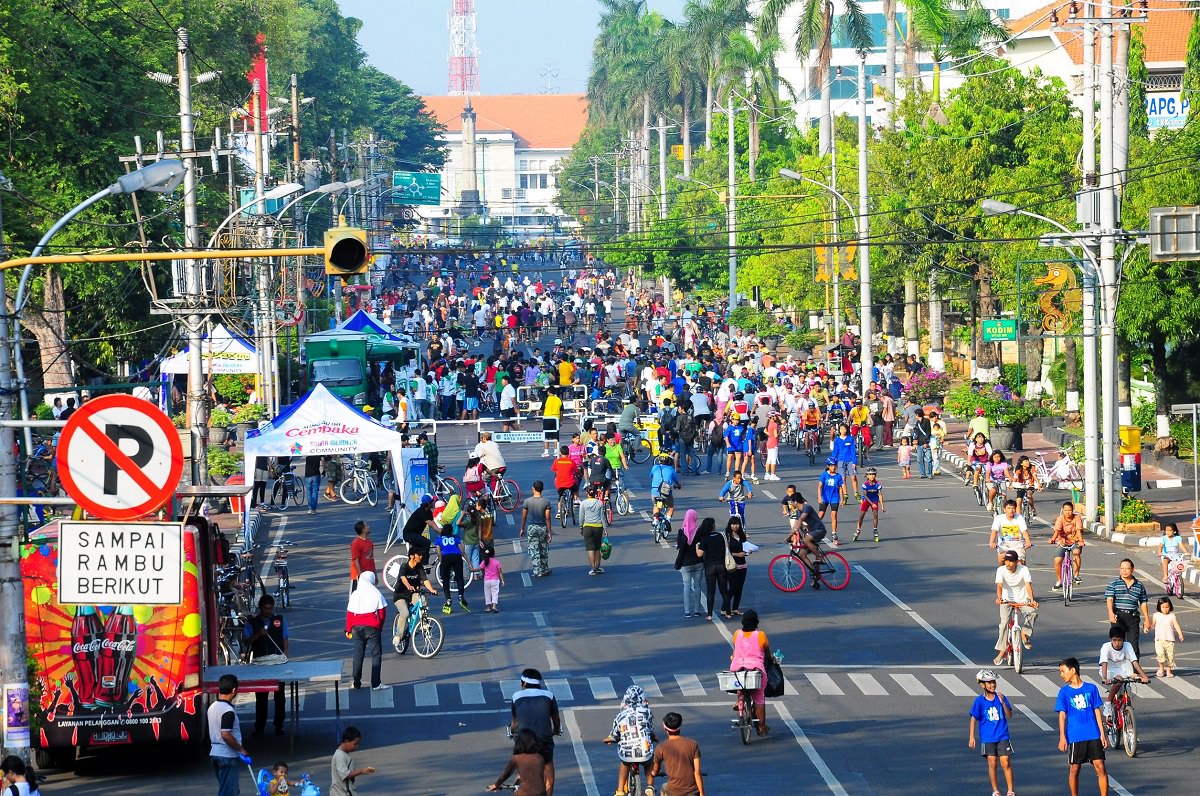
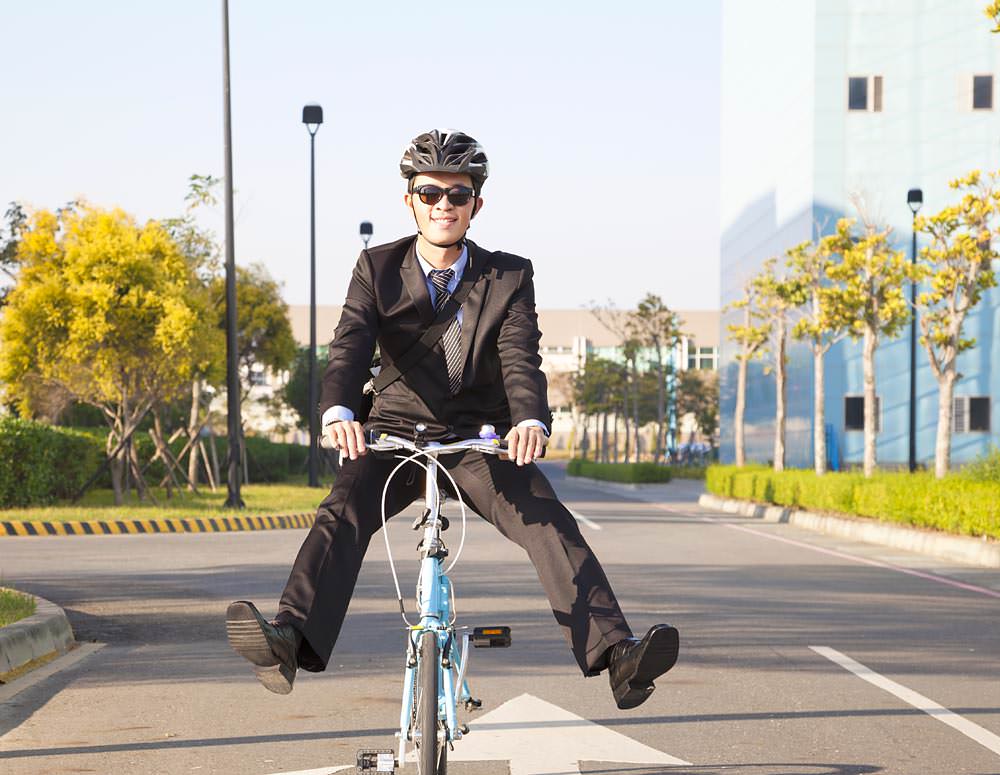
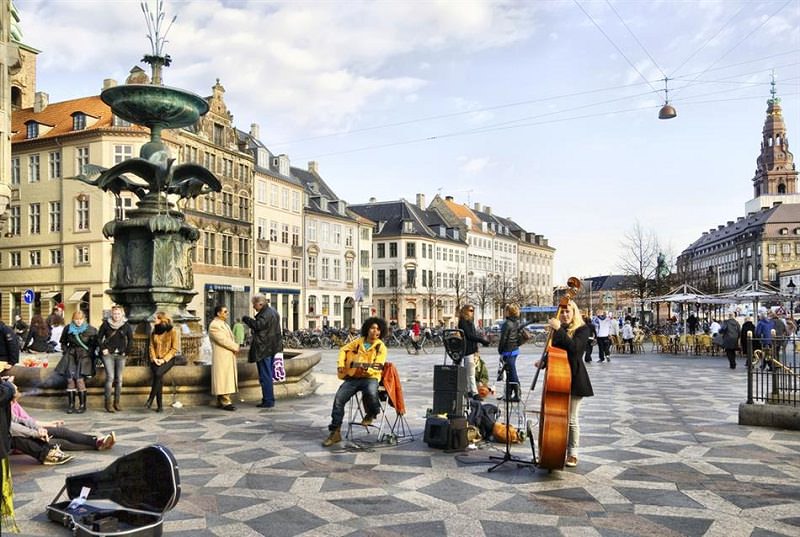
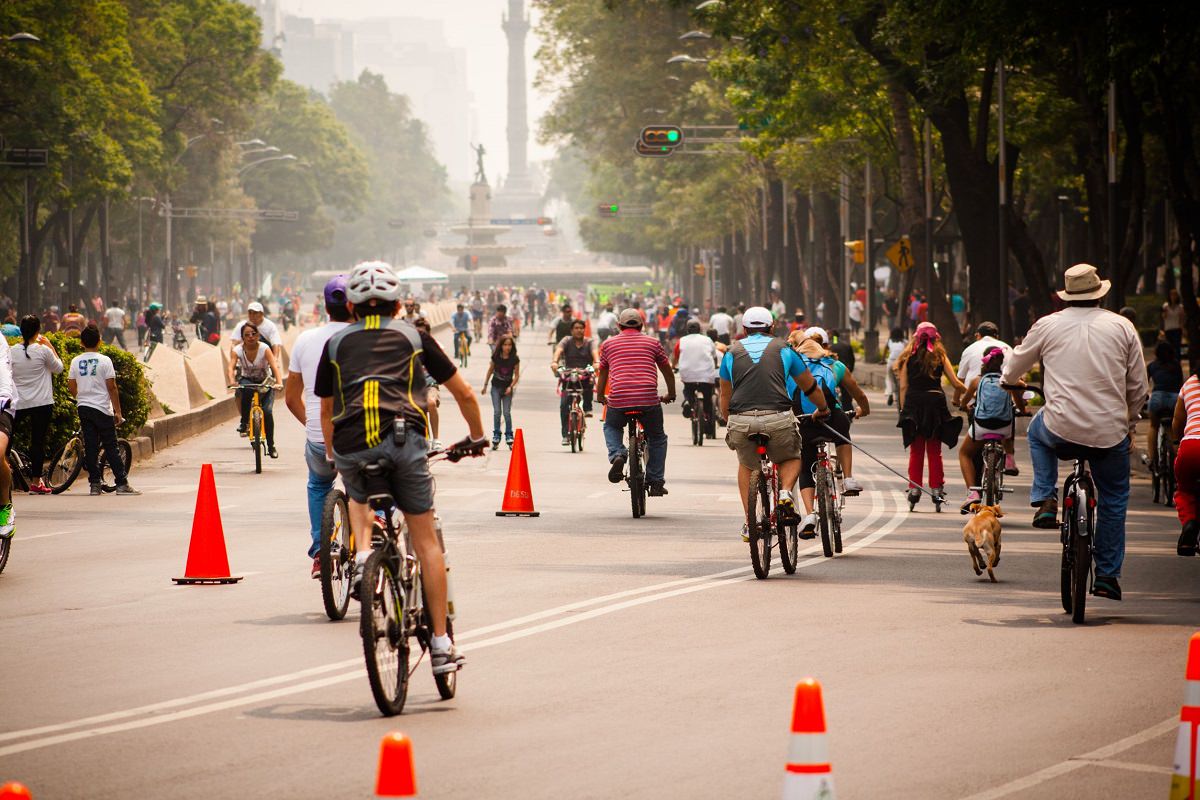
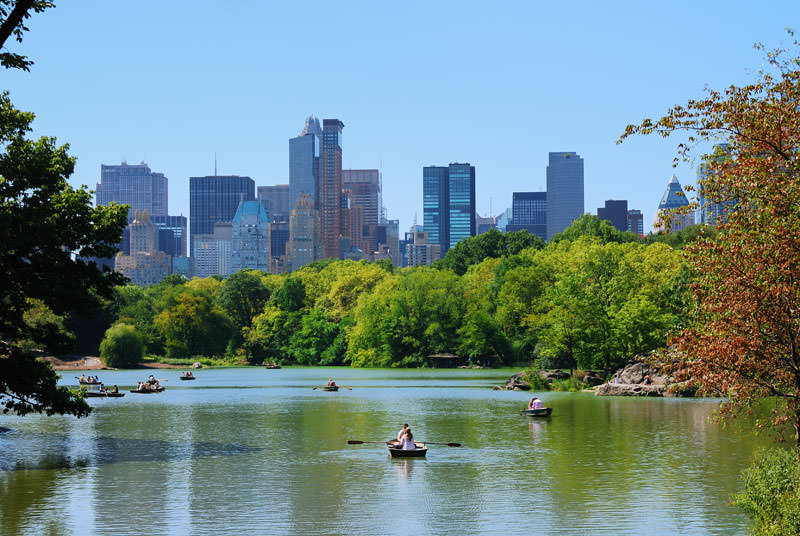
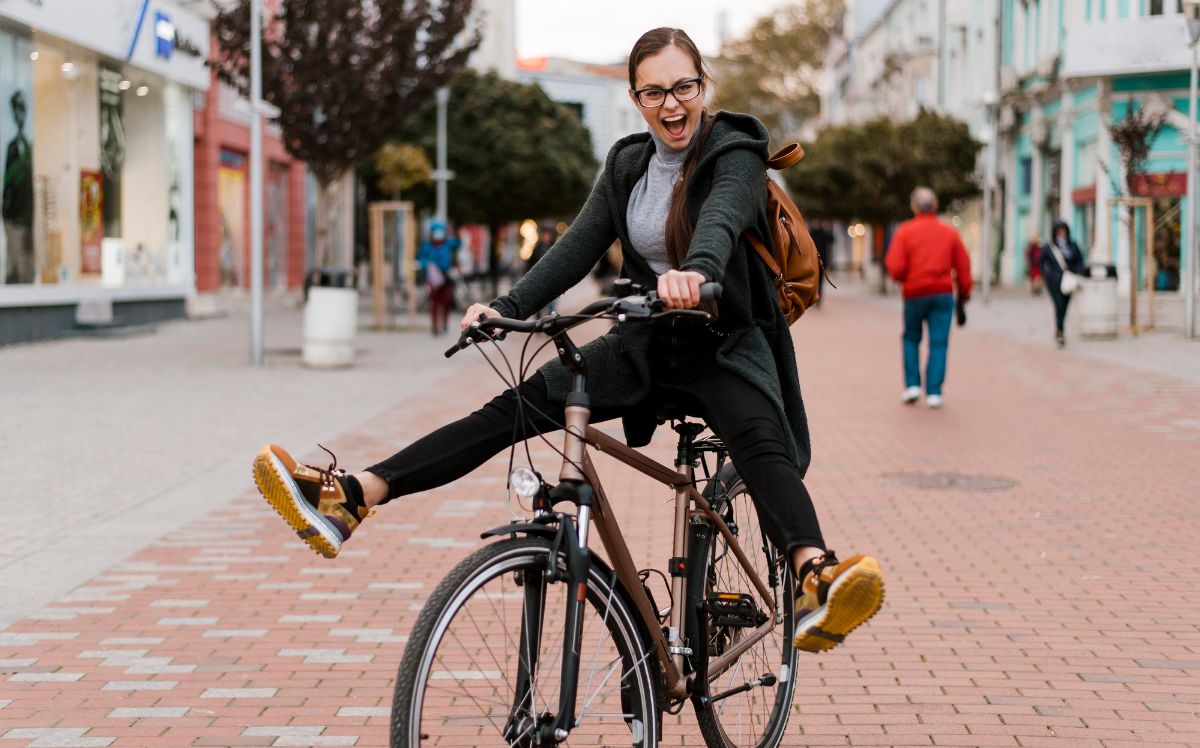
12 thoughts on “10 Reasons Why Cities Should Consider Going Car-Free”
Pretty convincing article, hopefully you can email this to city planners nationwide.
I would love to do that, so we can get the cars out of our cities.
good idea
Nigga pls this article is shit
I disagree with you my fellow nigga, because cars are awesome and this article is shit
Looks like a few cities are realizing the benefits…
Paris Car Free Day, 2015: http://www.takepart.com/article/2015/09/27/before-and-after-video-shows-what-happened-when-paris-banned-cars
Oslo’s 2019 Pledge to Ban Cars by 2019: http://www.theatlantic.com/technology/archive/2015/10/the-car-free-city/411781/
Yes, it’s fantastic! Copenhagen will also get a car free day next year and I think Madrid will make the center of the city car-free by 2020.
The warranties for some branded cars may go up to 3 or 4 years depending
on the model. Now you will soon forget about key-fobs as
well since new biometric revolution is going to allow you to enter your car with your fingerprint, face
detection or eyeball recognition. It is available in two versions of petrol and
diesel and has been a very reasonable price.
WE SHOULD AT THE LEAST BAN CARS IN THE DESIGN WE KNOW THEM AND HOW THEY ARE USED
WOW!great idea! I hope this gets implemented all over the world to save our mother earth from dying! Let’s aim for a pollution free Earth
Think about the extra space to move if there were less cars, less parking spaces, less pollution, less environmental damage, less angry people, less unhealthy individuals…More money in your pocket saved from car related expenses
In fact both petrol and electric cars should be banned. It might be weird to ban also electric car but the grid is far from ready to handle a huge increase in electrical cars, and resorting to nuclear power is not a renewable solution. Unless the grid is seriously updated it would be better to have electric public transportation but no electric cars.